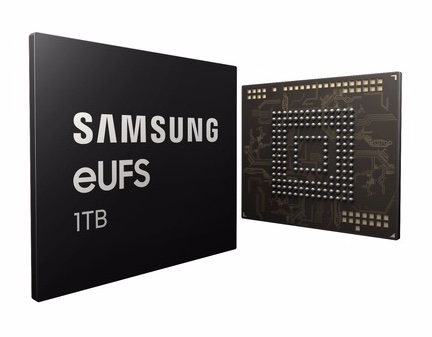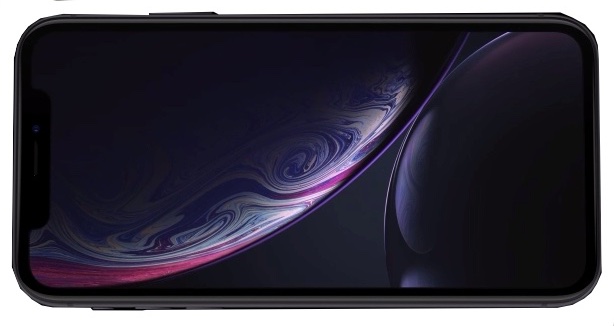Samsung has announced terabyte-size mobile phone flash memory.
Mobile phones with this 1TB drive should be able to shoot video at 960 frames/sec, turning them into mini-camcorders. Users can also ditch buying additional memory cards to bulk out phone storage.
Never mind notebook-class – this article was written on a 2013 desktop with 1TB of storage. It’s taken just five years for mobile phones to match desktop levels of compute and storage. Where next?
Record capacity
Samsung is introducing 512GB and 1TB eUFS drives for smartphones, beating Toshiba’s UFS drives with their 128GB, 256GB and 512GB capacities.
Samsung expects strong demand for the drive and is expanding production of 512Gbit V-NAND at its Pyeongtaek plant in Korea throughout the first half of 2019.

Unlike Toshiba, Samsung is happy to reveal detailed, juicy performance numbers.
- Sequential reads at up to 1,000MB/sec
- Sequential writes up to 260MB/sec
- Random reads are up to 58,000 IOPS, a 38 per cent increase over Samsung’s prior 512GB product
- Random writes are up to 50,000 IOPS, 500 times faster than a microSD memory card
Toshiba uses 96-layer 3D NAND. Samsung does not want to reveal actual layer count, but is in the same area with its gen 5 VNAND tech, specified as having 9x (90 to 99) layers.
Sixteen stacked layers of this 512Gbit VNAND memory make up the 1TB capacity, with a Samsung controller inside the 11.5mm x 13.0mm package.
Samsung’s card is compatible with the UFS v2.1 interface whereas Toshiba’s card is UFS v3.0 compatible.








